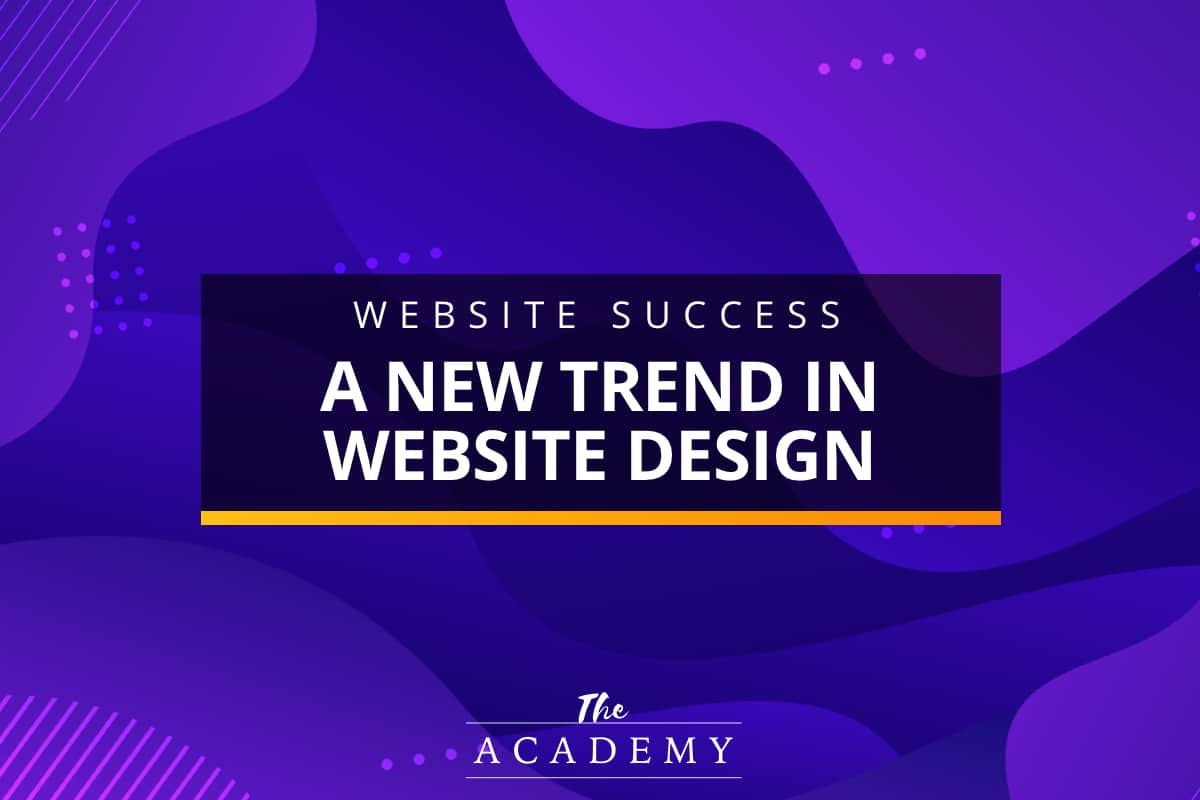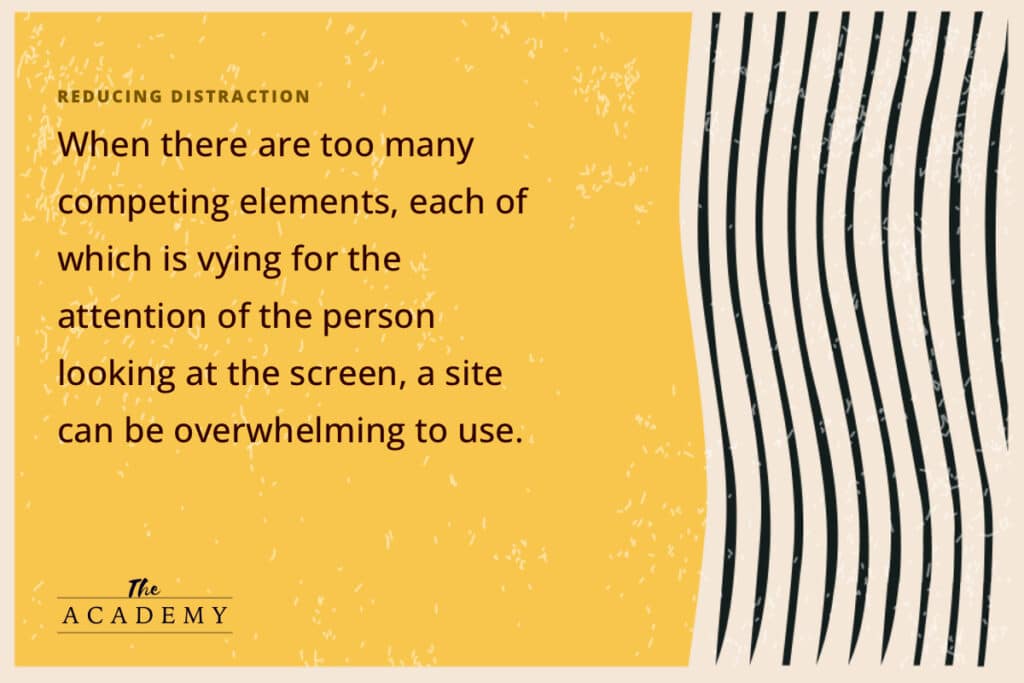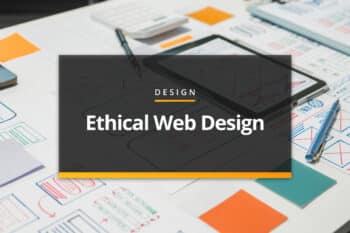
It’s easy enough to forget about the importance of website design when building out your pages. With so much focus on content – both for SEO purposes and to deliver the right messages to your audience – you might leave design as an afterthought. Once the content is ready, you’ll cobble together a basic design and call it good.
As you might imagine – this would be a mistake. Design plays a critical role in the performance of your site, and making it just as much of a priority as your content is a wise move. It’s against that backdrop that we will use this article to talk about a new trend in website design and how you might choose to incorporate this new style into your own pages. Whether you do the work yourself or give specific directions to a designer that you hire, we hope the ideas below will be helpful. Let’s get started!
Understanding the Status Quo
Before we can look at the new trend that is the focus of this article – incorporating illustrations into website design – we need to first talk about what the traditional approach to this task has been in recent years. Ever since website speeds started to pick up dramatically and most people had access to a high-speed connection, images (and video) have become the standard in site design.
There was once a time when big images that stretched across the screen would have been too “heavy” to load quickly, but those days are in the past. Now, it’s common to use big hero images that take up most or all of the screen, with only minimal text – or even no text at all – being used in this part of the page. It could be that a site would use a single hero image at the top of its homepage, or it could be a photo carousel that rotates through a few select pictures. Either way, photographs have been front and center for a decade or more in the world of web design.
Reasons for Change
While the reasons for the design choices you make on your website will be unique to your situation, there are some issues with the standard approach that might cause you to seek out an alternative. First, and perhaps foremost, is the fact that images can be difficult to come by. If you are buying images for use on your site, you’ll find that good ones can be expensive and it might be hard to find something that is a perfect fit for your design and branding.
At the same time, taking your own pictures isn’t as easy as it seems. Photography is a skill that takes years to develop, and even after you take a picture, you’ll likely need to do some editing and processing to get it ready to go. You might be able to snap a few photos that will work for your site, but building an image-heavy site on only pictures that you took could turn into a project that eats up a lot of your time.
In addition to the practical realities of getting images for your site, there is also the creative side of the process to consider. With photos, you are limited to what you can find to take pictures of, or what you can find in an image gallery to purchase. By definition, those photos are going to represent real things that exist out in the world – which is a limitation that doesn’t exist with an illustration. By using an illustration and abstract designs for your website, you can break free from the restraints of the real world and let your creativity run wild. This might lead to a design that is more memorable, impactful, and unique to your brand.
Connect Branding to Visuals
In some cases, it can be hard to effectively tie in your branding to your website when using a lot of images. That challenge will be far easier to overcome when you lean on more illustrations for visual elements on your pages. With illustrations, you have total control over the colors, fonts, and more that are used in the visuals. As a result, the site may look more cohesive and it will immediately connect to your brand in the minds of your visitors.
For example, if you have a specific shade of one color that you use over and over again in your branding – including in your logo – you can make sure that shade appears in the various visual elements you create or have created. This way, everything is going to look connected and won’t cause any confusion on the part of your customers. If someone is already familiar with your brand and they come to your website to make a purchase or learn more, the continuity of the branding will work in your favor to build trust and assure them they are in the right place.
Stand Out from the Crowd
While there are millions and millions of images out there to use on your site, a lot of them start to look the same as you scroll from one to the next. And, of course, it’s important to remember that your site is surely not going to be the only one that a person visits while on the web for the day. So, if you are going to gain traction and be memorable to at least some of your visitors, you’ll need to find a way to do something different that is going to make the user stop and take notice.
Stock images just aren’t going to have that effect. People who are using the web are seeing countless images all day, every day, and they quickly start to go “blind” to what those images contain. Simply put, they have seen so many pictures that they stop really looking at the pictures at all. Given that the web is awash with images, it makes sense to go in another direction, if for no other reason than to stand out from the pack. It’s a great thing for a business to be memorable and creating some bold, imaginative illustrations could help put you in that category.
Remember, however, that throwing together these illustrations as quickly and cheaply as possible isn’t going to get the job done. Only if you invest in quality and spend the time necessary to create something impressive and meaningful are you going to get the results you desire.
Reduce Distraction
There has also been a shift toward minimal, clean design on the web in recent years. Part of this is for a functional purpose – even with high-speed internet connections, it’s still important to make sure your site’s pages load as fast as possible on various devices. By cutting back on design elements and making the pages quick to load, you might be able to get a small boost in search rankings. Even if that boost doesn’t happen, quick pages will improve the user experience, and that’s always a good thing.
Speaking of user experience, the shift to a more minimal way of thinking about design will help relax your visitors and allow them to quickly and easily find what they need. When there are too many competing elements, each of which is vying for the attention of the person looking at the screen, a site can be overwhelming to use. And, when someone feels overwhelmed, they are more likely to tap or click on the “back” button than anything else.
Going to illustrations and abstract design elements can help to make a move toward a cleaner interface for your users. Instead of pictures – which are going to contain many distracting elements within the photo, in many cases – a basic design can be produced that will bring visual interest to the screen without the overwhelming feeling of being bombarded by too many images. The ultimate goal of any website is to please human visitors that explore its pages, as users who are enjoying a site will be far more likely to take action in one form or another before they leave.

Visually Communicate a Message
The last point we’d like to talk about in this discussion is how you can effectively get a point across through the use of an illustration. Again, it’s the custom nature of illustrations that makes them so effective for communicating a message that is important for your business. You can strategically design the illustrations you use on your pages to make sure they are consistent with your marketing goals and bring a message to the screen that you want your users to receive.
It’s well known that people spend less and less time these days reading the text on web pages. Unless someone is already particularly interested in what you have to say, the chances are that they simply won’t read very far down the page before moving on. That’s a shame if you have taken the time to write excellent content for your site, but that’s the reality of the world we are living in today.
So, does that mean you should give up entirely on writing good content for your site? Not at all. Content remains very important, and some people do still read it, but those people have already been drawn into your brand and feel the need to learn more. So, using illustrations at the top of the page is a compelling way to build their interest and encourage them to read on. With a smart, bold design that says something about the products or services you have to offer, you might be able to hook the visitor and entice them to dig in a little deeper and spend more time on the page than they would have otherwise.
Webpages should not be considered finished until both content and design have been carefully considered and crafted. It takes a lot of work to build something that you can be proud to put on the web, but that work may pay off over the coming months and years in the form of increased leads and sales. Good luck with your upcoming projects and thank you for stopping by!
Most Popular Articles

Seeing Favicons in Your Google Search Results? Here’s Why…
Have you noticed anything different in your Google Search results lately? Google added tiny favicon icons to its organic search results in January. It was…

Business Growth and Digital Marketing News & Tips 11-17-24
Are you encouraging and rewarding innovation? Lee Cockerell is the former Executive Vice President of Operations at Walt Disney World. A lover of traditional red…

Business Growth and Digital Marketing News & Tips 11-27-24
A culture of gratitude "Feeling gratitude and not expressing it is like wrapping a present and not giving it." – William Arthur Ward Beyond being…








